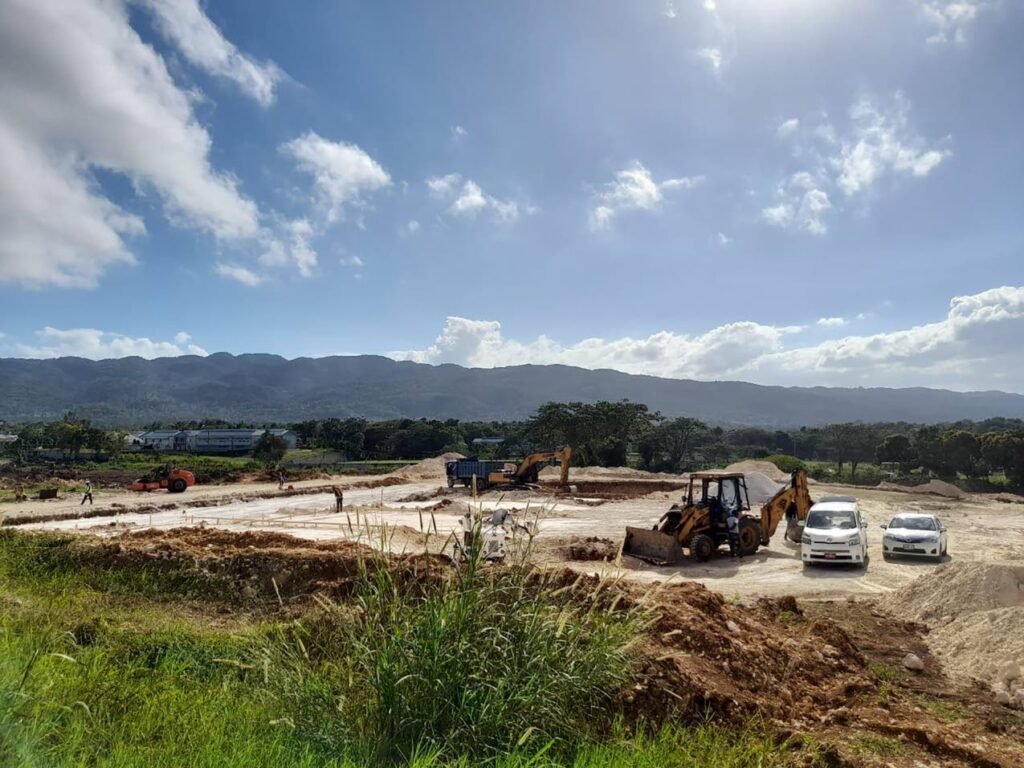[ad_1]
Representational picture of a group-led housing growth. The NHT’s Construct 9 programme permits contributors to pool assets to accumulate and subdivide land, however restricted uptake has prompted a coverage evaluation almost twenty years after its launch.
AFTER almost twenty years and solely a handful of accomplished initiatives, the Nationwide Housing Belief (NHT) is heading again to the drafting board on its Construct 9 programme — an bold, group-based housing initiative that has but to ship at scale.
In response to latest queries from the Jamaica Observer for an replace on the venture, the Belief has confirmed {that a} cross-functional group is being assembled to evaluation the programme and make coverage suggestions, following persistent challenges which have restricted uptake regardless of latest amendments designed to make the mannequin extra accessible.
Initially launched in 2007 because the Cluster Housing Programme and later rebranded as Construct 9, the initiative permits small teams — sometimes three to 27 contributors with household ties — to pool their NHT advantages to collectively buy land, set up infrastructure, subdivide tons, and ultimately construct particular person houses. Every contributor can entry as much as $4 million, following a mortgage ceiling improve authorized in 2025.
Nonetheless, of the 15 cluster developments authorized so far, solely 4 have reached completion, elevating questions in regards to the programme’s viability in a housing market nonetheless constrained by rising prices and restricted provide.
The infrastructure element — usually the most costly and most technically demanding a part of the method — refers to important works similar to highway development, drainage programs, water provide and sewerage. These works should be accomplished and authorized by municipal authorities earlier than titles might be splintered or houses constructed.
The renewed consideration to Construct 9 comes at a time when Jamaica’s actual property market is grappling with a power housing scarcity, excessive development prices, and widening affordability gaps. The nationwide housing deficit is estimated to exceed 100,000 items, and regardless of elevated government-led efforts, provide has struggled to maintain up with demand, notably amongst low- and middle-income earners.
In response, the NHT has rolled out a spread of latest initiatives in 2025. These embody elevated mortgage limits of as much as $8.5 million for particular person contributors, zero-interest loans for these incomes beneath $15,000 weekly, and expanded serviced lot developments in rural parishes. The company can also be prioritising housing for public sector employees and embedding extra climate-resilient infrastructure in new initiatives. But, regardless of these enhancements, group-led schemes like Construct 9 have seen minimal take-up.
Whereas the NHT maintains that the programme is aligned with its aim of enabling contributors to “construct their very own communities at their very own tempo”, housing trade stakeholders say the idea has confirmed troublesome to execute.
“We expect the programme is a superb one in idea,” the Realtors Affiliation of Jamaica (RAJ) instructed the Jamaica Observer concerning the programme’s effectiveness, “however not sufficient individuals learn about its existence, and it might profit significantly from extra advertising and marketing and public training.”
Even with the improved mortgage ceiling and added flexibility, RAJ warns that infrastructure funding stays insufficient.
“Infrastructure is among the most costly parts of any growth. The present assist stage is probably not sufficient to shut the affordability hole,” the affiliation famous.
Past financing, the group additionally flagged the complexity of executing such a venture. “These this programme is supposed to serve might discover it troublesome to navigate with out correct steering,” RAJ added, citing the excessive value {of professional} charges for surveyors, engineers, and authorized work.
Regardless of these considerations, the NHT says the programme continues to generate curiosity, notably in mild of unaffordable open-market costs. Among the many few success tales is Bowers in Outdated Harbour, the place a police couple received married and pooled their advantages to construct a house on one of many 9 subdivided tons.
Nonetheless, the Belief acknowledges structural weaknesses.
“There’s a rising hole in funding required for skilled charges,” it stated in an e-mailed response, noting additionally the “unpredictable escalation in development and growth prices” and ongoing difficulties assembly subdivision standards set by native authorities.
Though the Belief has expanded its funding provisions and permits teams to fee professionals to assist venture completion, a lot of the duty nonetheless falls to beneficiaries.
“The duty is that of the beneficiaries to have the infrastructure and subdivision course of accomplished with the intention to transfer to the development section,” the NHT stated.
The Belief’s Venture Appraisal and Administration Division oversees compliance however the coordination of approvals, technical works, and authorized subdivision stays squarely on the shoulders of contributors — most of whom should not educated in growth or venture administration.
Consequently, RAJ is urging the NHT to simplify the programme, present clearer steering, and enhance its attain. It additionally needs the NHT to gather extra information to assist coverage enhancements.
“So far as potential, we encourage that information be collected from this and different programmes to help in evaluating and justifying coverage selections,” the affiliation stated.
[ad_2]
Source link
